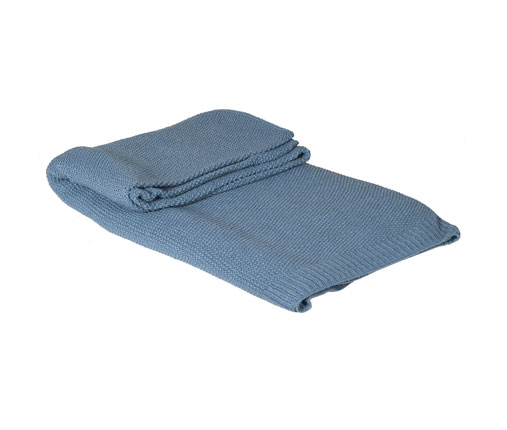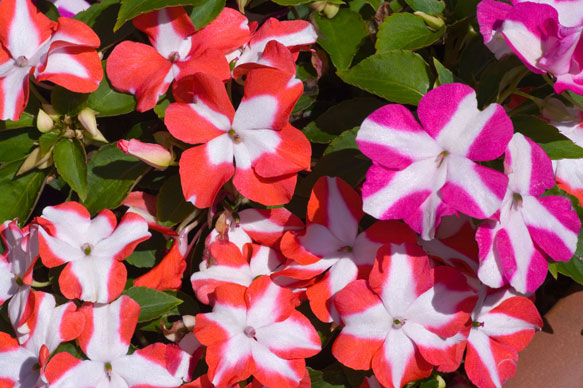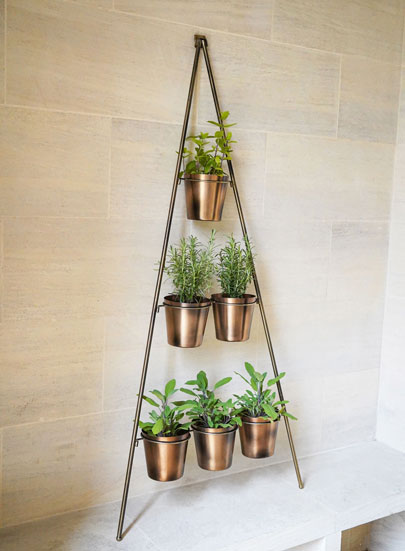Sam Wylie-Harris rounds up the freshest bedlinen, accessories and decos for sweet summer dreams.
Somehow, getting a good night’s sleep come summertime takes on a whole new meaning.
Between the heat, excitement and longer daylight hours, the best summery bedrooms need to beckon you with a sense of wellbeing, comfort and – above all else – sweet dreams.
This is especially the case if you’re not jetting off to far-flung locations, with the promise of slipping between freshly laundered sheets and turndown service at the end of an oh-so tiring day. Channelling those holiday highlights at home will have to do.
And come those hot August nights, when you’re tossing and turning and longing for an ocean breeze (or air-conditioning), there is comfort to be found with lighter, breathable bedlinen, natural fabrics, and a few little details to remind us of a stylish hotel suite, or villa escape with a splash in the pool first thing, to help you cool off, chill and sleep in style.

1. Kara Hemp Collection: Duvet Cover, double from £120; Oxford Pillowcase, from £40; Flat Sheet, double from £100 (other items from a selection), The White Company
While some of us can only dream of billowing white muslin and sleeping under the stars, there’s no reason why you can’t enjoy a heavenly night’s slumber in the comfort of natural hemp bedlinen. Eco, luxuriously soft and breathable, this blend of 52% linen and 48% hemp with a vintage inspired ruffle border combines a modern, boho-chic look with five-star luxury.

2. Black Tea And Sandalwood 3 Wick Candle, £14, Next
Even with the windows ajar, there’s nothing lovelier than the soothing, calming woody scent of sandalwood topped with fragrant lavender for feel-good vibes.

3. John Lewis & Partners Washed Cotton Bedspread, £80; Washed Cotton Cushion, Plaster, £30; The Ultimate Collection Silk Standard Pillowcase Caravelle Light Grey, £45; Anyday John Lewis & Partners Velvet Cushion – Olive, £20 (other items from a selection), John Lewis
When the temperature soars and you’re ready to ditch the duvet, nothing beats the comfort of good old-fashioned sheets and blankets. Lightweight and soft, think about layering large cotton bedspreads with oversized flat sheets draping to the floor, set against a rattan bed frame for a chilled Mediterranean vibe.

4. Natural Jute Circular Rug, £250, Joe Browns
A beautifully textured jute rug is a natural bedfellow with linens and hemp, and will rekindle happy memories of padding around barefoot and carefree.

5. 3D Daisy Pom Pom Duvet Cover and Pillowcase Set, from £22-£40 (other items from a selection), Next
Fresh as a daisy, who can resist a sweet yellow flower print embellished with pom-poms? This bedlinen loves a sunny situation, and easy-care polycotton means it’s quick-drying – as hassle-free as those much-loved perennials.

6. Artificial Floral In Glass Vase, £30, Next
If you’re bedroom happens to be south-facing and your summery white flowers are starting to wilt, a glass vase of something faux and fabulous looks light, bright and creates a fresh feel.

7. Violet White 100% Linen Bed Linen Collection: Duvet Cover, currently from £130.50 for a single to £202.50 for emperor (was £145-£225); Standard Oxford Pillowcase, from £28.80 (was £32), Secret Linen Store
With vintage inspired flair and flirty accents, this laundered-soft bedlinen will feel even more comfy and welcoming with every wash. Dress the bed with pretty embroidered pillow covers aplenty for that romantic French château style, and keep the curtains drawn during a heatwave.

8. Mother of Pearl Organic Silk Eye Masks, £30 each, John Lewis
If the summer sun’s flooding your room before it’s time to rise and shine, a sumptuous silk eye mask will ensure you get your beauty sleep.

9. Mother of Pearl Check Linen & Organic Cotton Double Duvet Cover Set – Tan, from £125-£145, John Lewis
If you love to mix patchwork quilts and patterns, this reversible bedding, made from a 50/50 blend of cotton and linen, will absorb moisture on those hot, balmy nights, and each set comes with two side fastening standard pillowcases. A decorative detail to work around with fringed throws and windowpane patterns, for a casual country living feel.

10. Bolga Fan – Granada, £28, Lola & Mawu
Made from natural straw, this fair trade fan from West Africa not only keeps you cool with the flick of a wrist, but it can double up as decorative wall art. A breeze to mount, it’s available in a range of colourways, from neutrals to brights.

11. Blakely Bed Linen Collection: King Duvet Cover – White Blue, £130; King Flat Sheet, £80; Blakely Oxford Pillowcase, from £35 (other items from a selection), The White Company
With an attractive chambray border for a washed denim look, this 400-thread count Egyptian cotton percale weave offers ‘the softness of sateen, without the shine’. Absorbent, breathable and luxurious, the coastal inspired colours feel cool before you’ve even pulled back the bedding – and sets the tone for navy trimmings, such as a throw and scatter cushions, styled with a jute rug and beach basket.

12. Knitted Blanket in French Blue, £45, The French Bedroom Company
This super soft knitted blanket makes a cosy cover when you take the weight off your feet for a peaceful catnap.









































